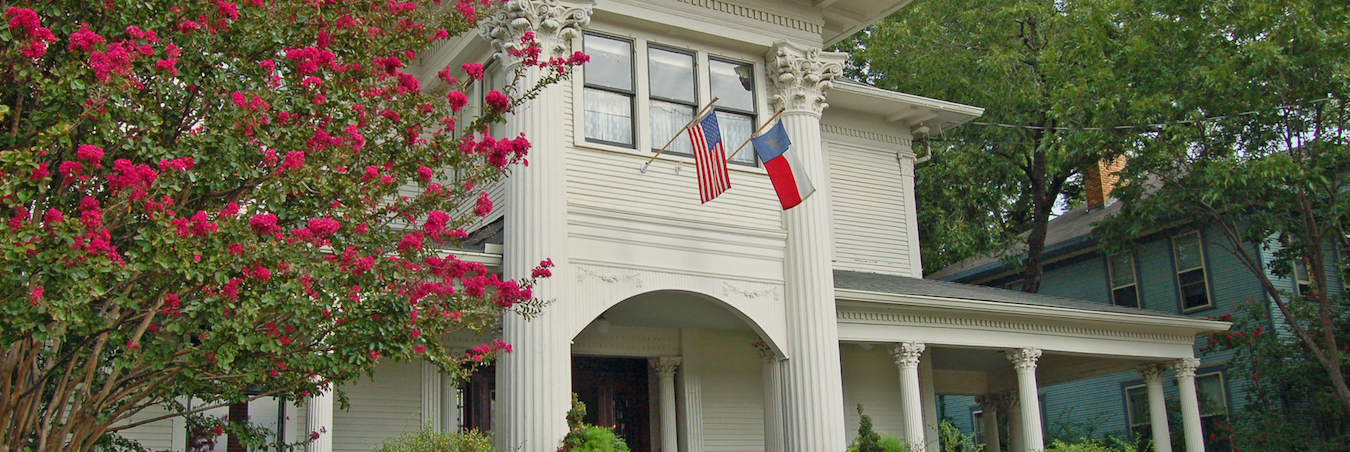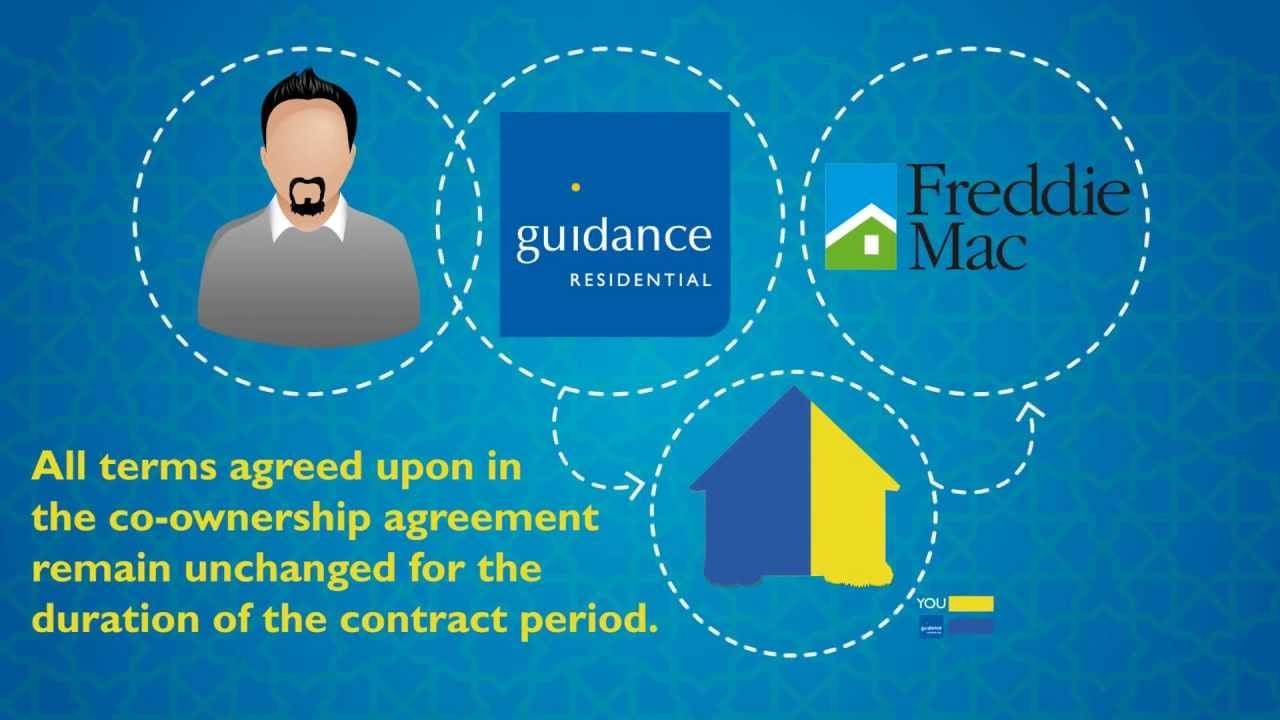Solved: Why Is Rent Increasing?

If you rent a home or apartment, you’ve likely seen your rental prices increase repeatedly over the past few years. You aren’t the only one in this situation. Rent prices are climbing all over the country, and some prices are so high that finding housing you can afford may seem impossible.
The result is a stressful situation, especially if you’re currently looking for a new apartment or home to rent. The search might feel futile, and you may feel like you simply can’t afford to live anywhere.
So why is rent increasing? Multiple factors are affecting these climbing prices.
5 Key Reasons Why Rents Are Climbing in the U.S.
Inflation, or broad-based price increases throughout the economy, means that all of your expenses are increasing in cost, including groceries, cars, and rent. This increasing inflation means that a dollar is worth less than it used to be, so you need to earn more today to maintain the standard of living that you had five years ago before prices increased.
At its roots, inflation is caused by supply and demand. Demand-pull inflation occurs when the demand for goods and services increases, but the supply doesn’t increase enough to fully meet that demand. Prices increase, as a result.
Additionally, cost-push inflation can drive prices up. Cost-push inflation refers to an increase in the production costs of creating a product or supplying a service. For example, as the cost of lumber and labor increases, those factors drive up the cost of building a home. Buying that home is more expensive, and then the homeowner needs to ask for higher rental rates to make up for that higher purchase price.
There are five key reasons contributing to inflation and climbing rental prices.
1. A Shortage of New Construction
Supply chain issues are affecting the cost of new building materials and delaying projects. With an increased demand for houses for sale and rental properties, the slowed production rates contribute to the overall shortage of new properties.
Building an apartment community isn’t a quick-turnaround project, either. Most apartment communities take about two years to complete, and those timelines are extended by a lack of supplies and limited labor availability. Some builders are also facing delays in getting building permits, which also extends the completion time of each project.
Those challenges are also affecting the single-family home construction industry. Underbuilding over the past 10 years has resulted in a single-family home shortage, and high demand for these homes drives up their cost. When potential homebuyers can’t purchase the homes, they decide to rent, and that contributes to rising rent costs.
2. A Desire for Luxury Living
High-income households who decide to rent are looking for luxury rentals. These households include dual income no kids households, empty nesters, and households who have the financial capability to own a home, but who decide to rent.
Since these types of households have a higher income, they can pay higher rental rates, and they expect luxury properties. To appeal to these high-income households, landlords are upgrading their units and passing those renovation costs along to the renters, which drives up rent prices.
3. Population Migration
The COVID-19 pandemic prompted many significant lifestyle changes, including the accelerated adoption of remote work and a desire to have more space. That remote work adoption allowed many Americans to relocate more freely.
As Americans relocated, they sought out desirable locations, like Orlando, Florida, and Austin, Texas. They also turned to rural communities with a lower cost of living. With more people moving to these locations, housing shortages were exacerbated, and housing costs increased.
>> Related Read – Why (and Where) Millennials Should Buy a Home
4. Federal Monetary Policy
Even the Federal Reserve impacts rent rates. Over the course of the pandemic, the Federal Reserve kept its interest rate lower than it’s been previously. The interest rate of 2.33% is lower than the inflation rate, which reaches 7 or 8%. That large gap in the rates isn’t standard, and it was only previously seen in the 1970s when inflation notably increased.
Low interest rates tend to increase demand for the property since buyers want to take advantage of those low rates. Buying a home when interest is low could save a buyer significant money over the life of their loan, but that increased demand drives up home and rental prices.
5. Rising Property Values
The increased demand for property results in higher purchase prices, since buyers are willing to pay these higher prices in a highly competitive market. As property values increase, rents inevitably increase, as well.
Most landlords set their rent prices by charging a percentage of the total value of their property. Landlords might charge $1,000 to $1,750 per month in rent for a home valued at $150,000. Should the property’s value increase to $300,000, that rent could double to $2,000 to $3,500 per month.
>> Related Read – Top 7 Reasons to Buy a Home Instead of Rent
Where Will U.S. Rent Prices Go from Here?
Experts believe that rental prices will remain high through most of 2023. The price increases should slow, but it’s unlikely that prices will return to their pre-pandemic rates. The good news is that rates should start to taper off in the second half of 2023, as well as home financing costs could be expected to decline. The Federal Reserve is anticipated to avoid continued interest hikes, and that should help to keep rental costs more manageable.
When to Transition from Renting to Buying
Consistently paying higher rent prices can be frustrating, and searching for a new affordable rental property when prices are so high may seem impossible. As a homeowner, your monthly payments would be going toward your mortgage and building equity, so it’s natural to toy with the idea of buying instead of renting. But it’s also important to make sure that you’re truly ready to make that transition. There are a few situations where the decision to buy a home may be a wise one:
- You’re ready to plant roots. Buying a home isn’t ideal if you need lots of flexibility, if you’re thinking about taking a job across the country, or if you plan to relocate in the near future. When you buy a home, you’ll plant roots for a while, so buying is often best if you’ve established yourself in a location and if you plan to stay in that location for years. Keep in mind that buying a home doesn’t necessarily have to tie you down, though. If you bought a home and then got a great job in another state a year after, you could always rent your home out.
- Your credit is good. Your credit rating plays an important role in not only getting approved for a mortgage but in getting a good interest rate. While requirements will vary depending on the type of mortgage that you apply for, it’s common to need a credit score of at least 620 to get approved. That score isn’t a sure thing, and a score of at least 700 will increase your chances of approval.
The higher your credit, the greater your chance of getting a low interest rate. Taking the time to build up your credit rating can save you thousands of dollars over the life of the loan, and it can make your mortgage payments more manageable.
If your credit isn’t great, consider continuing to rent for a while as you build it up. Focusing on making all of your monthly payments on time is the first step, so consider setting up automatic payments so you don’t miss any deadlines. Try to use 30% or less of your available credit, which shows you can manage your money wisely and don’t depend on your credit. Focus on building up a long credit history, and consider keeping your oldest accounts open to help with the average age of your credit accounts. - You can afford it. While owning a home might be highly tempting, think carefully about whether you can truly afford to buy a house. The upfront costs of homeownership are significant. Plan on a down payment ranging from 3% to 30% of your home’s purchase price. Other upfront costs include inspection and appraisal fees, attorney fees, and closing costs.
You will also need to plan for other expenses that come with homeownership. Consider costs like home insurance, utilities, and home maintenance. It’s also important to have an emergency fund set aside for any major repairs that your home might need.
>> Related Read – How to Save Money for a House While Renting: 9 Top Tips
When you’re ready to go from renting to buying, get pre-qualified online with Guidance Residential. In fewer than 10 minutes, you’ll get a general idea of how much you can afford.




